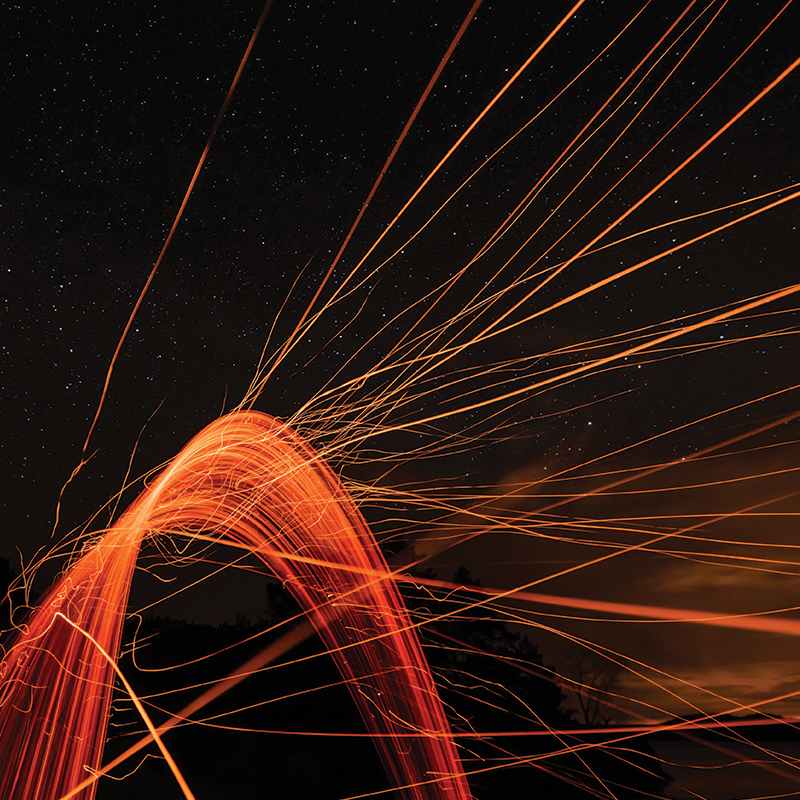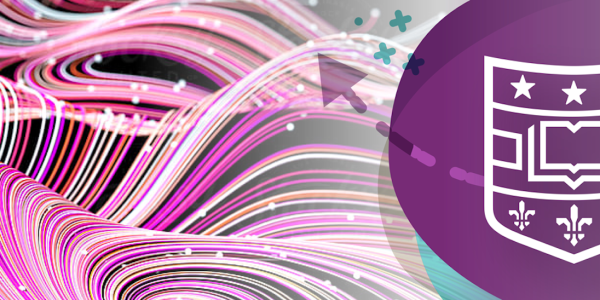What are the principles of neural computation in artificial and biological intelligence? To address this question, Prof. Wessel pursues three interrelated research pillars.
Structure and Principles in Neural Population Activity: Enabled by recent breakthroughs in neurotechnology, Wessel’s group obtains recordings from vast neural populations of animals within the context of a sensory environment or task. Given the large number of interconnected noisy neurons in the brain, neural activity is high-dimensional and variable. They employ mathematical tools to seek out structure and underlying principles from these complex data sets. The resulting structure, such as manifolds, establishes links between neural population activity and information coding (Xia et al 2021; Ye & Wessel 2024). The resulting principles, such as criticality, informs about the underlying self-organized dynamics of the neural circuits (Xu et al 2024).
Synergy between AI and Brains: The convergence of Machine Learning and Artificial Intelligence and Brain Sciences is creating a unique opportunity for transformational research into the understanding of how intelligence works (watch colloquium video). Self-organized Deep Neural Networks now reach human-level performance in certain tasks. Importantly, these networks display characteristics of brain function that have not been captured with traditional models. Wessel’s group employ Deep Neural Networks as a novel framework that enables them to investigate emergent coding principles in brains (Ye et al 2024; see podcast).
Computational Aesthetics of Mosaics: Wessel investigates the aesthetics of contemporary mosaic art. The project utilizes computational neuroscience and AI to explore the brain's processing of mosaics, examining how features like color, texture, and pattern affect aesthetic appreciation. The research proposes to develop AI models that predict cognitive effects of artistic features in mosaics and to create personalized mosaic experiences tailored to individual preferences. The overall goal is to advance our understanding of the subjective aesthetic experience of mosaic art, while simultaneously enhancing the creative process of making mosaics through AI-driven tools (see podcast).
Awards
In 2007, the Graduate Student Senate selected Ralf Wessel to receive Recognition for Excellence in Mentoring as part of the Outstanding Faculty Mentor Awards. These awards were created by graduate students in the Senate to honor faculty members whose commitment to graduate students and excellence in graduate training has made a significant contribution to the success of graduate students in Arts and Sciences at Washington University.




